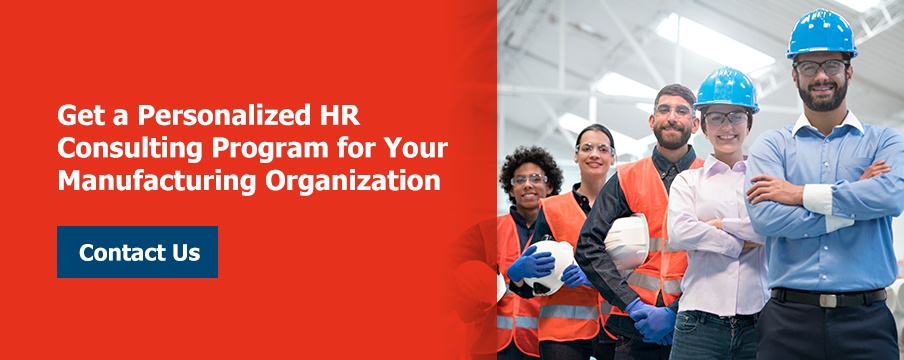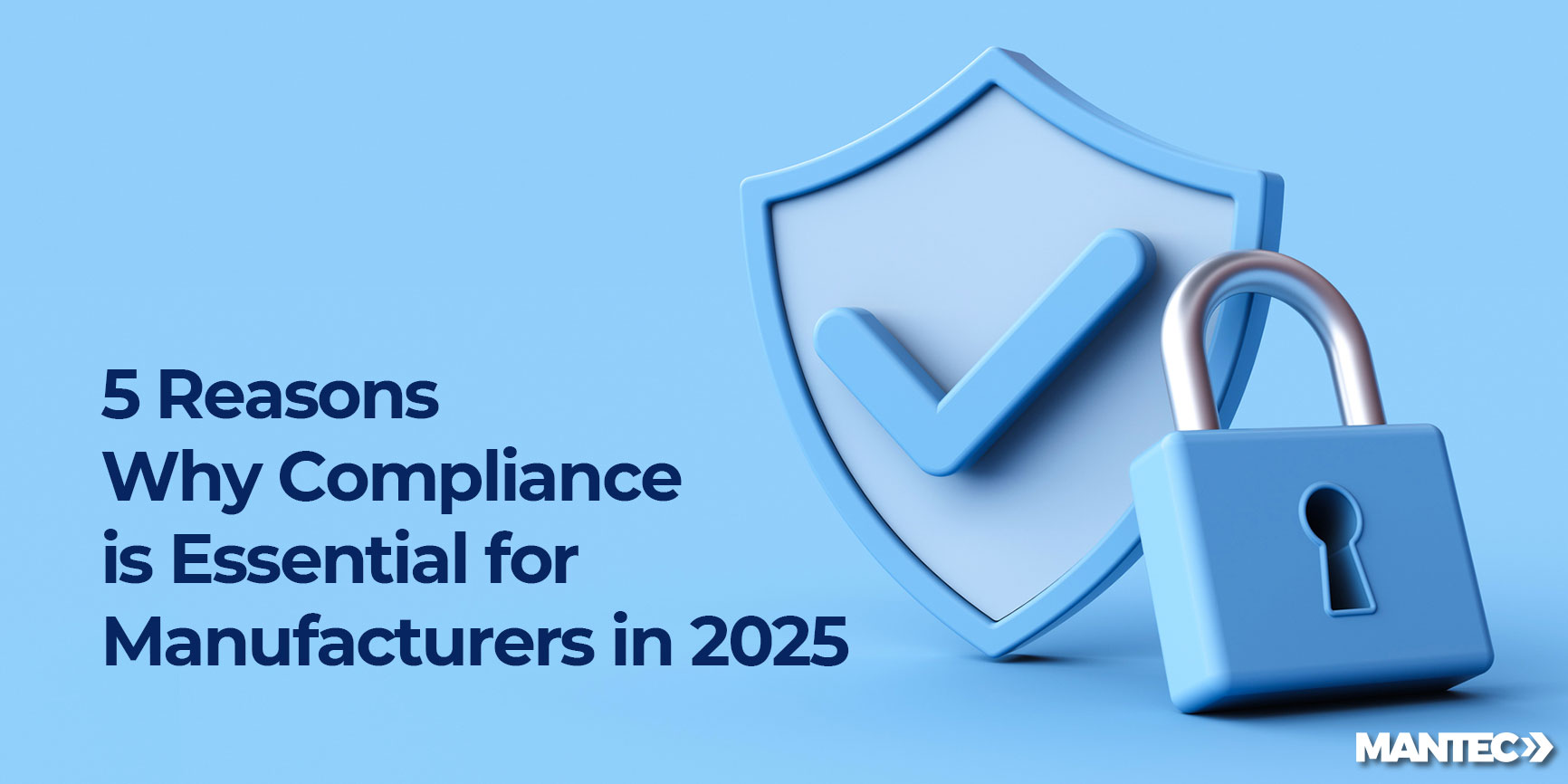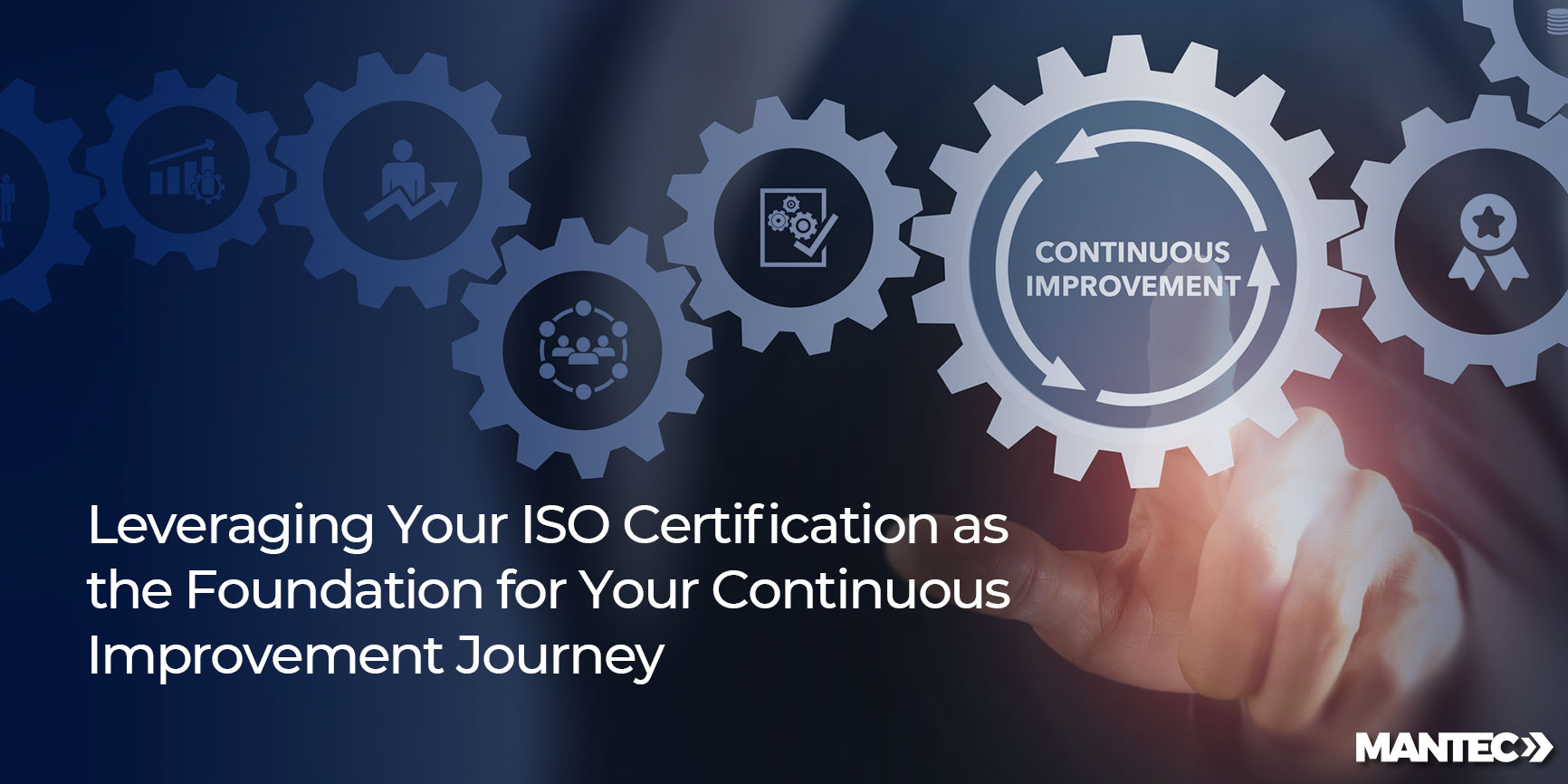In the fast-paced world of manufacturing, staying ahead often means embracing change. Soon, the only…
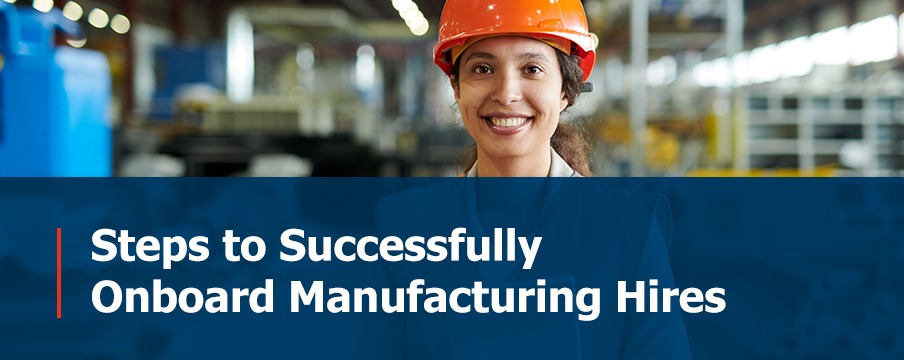
With nearly 2.5 million manufacturing jobs estimated to go unfilled in the coming decade, hiring managers today no longer have the luxury of a loose onboarding process.
In fact, an effective onboarding experience directly addresses some of the manufacturing sector’s most existential pain points. From reducing high churn rates and overworked staff to a changing clock-in-and-out culture, discover how you can better engage and educate new hires from the moment they step onto the floor — and why it’s more important than ever.
Quick Links
How to Create an Effective Onboarding Process for New Manufacturing Hires
Why Onboarding Is Important
Get a Personalized HR Consulting Program for Your Manufacturing Organization
How to Create an Effective Onboarding Strategy/Process for New Manufacturing Hires
Follow these steps to build a new-hire onboarding timeline that sets the right workplace tone from day one. Which do you currently support, and which could be employed for a more employee-centric organization?
1. Reach Out
Good first impressions start long before a new hire’s first day on the job. In fact, employers and employees alike form beliefs about the other within seconds of meeting, analyzing everything from body language to voice pitch in the blink of an eye.
Make the most of your first impressions by having an employee’s new manager reach out to them directly a few days before their first shift. Managers can introduce or reintroduce themselves, provide a warm welcome message, and answer any lingering questions the hire may have.
2. Take Care of Logistics
Use the time between your official job offer and the candidate’s start date to take care of documentation logistics. Consider sending several key HR documents to the candidate electronically, such as:
- Tax forms
- Benefits registration forms
- Compliance documents
- Role expectations and performance objectives
By sending this paperwork early, you save time while also liberating that employee’s earliest days from endless signatures and stacks of paperwork.
You can even expedite early training sessions by sending formal training pamphlets, documents, or tutorials online prior to the hire’s first shift. Having an employee e-portal is particularly beneficial here. It allows the preemptive paperwork and logistics to be shared and saved conveniently between all parties.
3. Get the Team Involved
Have the new employee’s manager update all relevant team members about the incoming addition. Colleagues will be better prepared on the new hire’s first day and won’t be left wondering who the strange new face on the floor is.
That same morning, ask everyone to wear name badges or be particularly mindful of answering questions, showcasing equipment and generally offering assistance. You might even consider designating a mentor for the new hire to shadow across their first few weeks. This provides a go-to contact for the new teammate to resolve questions and hear pointers.
Go the extra step with a team lunch for the new employee to meet a handful of other workers and staff. Social support is critical in a new employee’s first few days, as revealed by the Society for Human Resource Management’s own orientation best practices.
4. Set Them Up
Few things are worse than arriving for your first day on the job only to have nothing prepared for you.
Prep all necessary technology, tools, equipment, PPE, and name and/or entry badges before the new hire arrives. These items are fundamental to meaningfully fill the new hire’s time in their crucial first few days, and it also proves the organization of your company.
Additionally, have their manager, a colleague, or even an HR representative greet them at the door when they arrive. The welcomed arrival sets a better tone and ensures the new employee is guided exactly where they need to be.
5. Provide a Welcome Packet
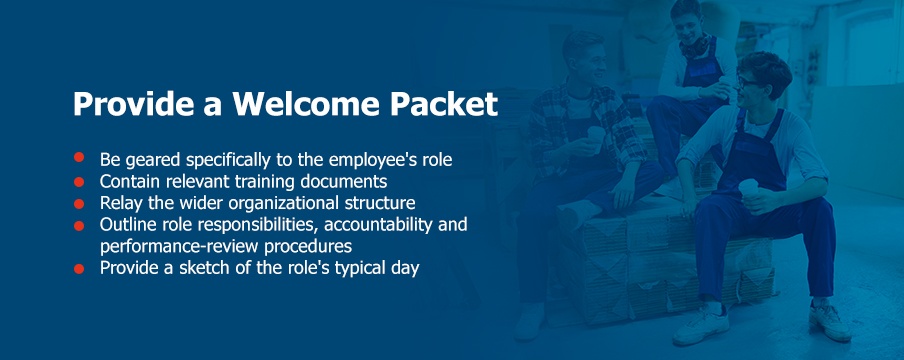
Giving a welcome packet checks off several important first-day functions. A successful welcome packet should:
- Be geared specifically to the employee’s role
- Contain relevant training documents
- Relay the wider organizational structure
- Outline role responsibilities, accountability and performance-review procedures
- Provide a sketch of the role’s typical day
6. Co-Create a Structured Schedule
Too-loose schedules in a hire’s earliest days may lead them to think your organization is disorganized and unappreciative of the work they applied to perform. Unfilled days are likely to instill a sense of boredom, leaving the new hire unsure how they fit into or contribute to your organization.
Instead, use the employee’s very first shift to map a schedule for the next few weeks. Consider including any of the following in that schedule for a well-rounded, instructional, and meaningful use of time:
- Job expectations, performance evaluation and feedback tutorials
- Role shadowing
- One-on-one training sessions
- Technical and mechanical instruction
- Lunches with the team
- HR meetings handling new employee documentation
- Compliance trainings
- Mentor-mentee time
- Goal-setting meetings
Eventually, the new hire should graduate to more autonomous work, creating and executing their own task lists daily in accordance with company policies.
7. Set Up a Feedback Loop
Millennials, Generation Z, and similar young manufacturing workers are particularly keen on receiving feedback. This demographic of workers is motivated by and more invested in two-way performance appraisals than previous generations. Knowing the importance of this can inspire setting up a semi-regular series of performance reviews benefiting their career progression and your organization’s own self-awareness.
Practicing regular feedback and appraisal sessions ensures that new hires:
- Understand what’s expected of them in their everyday role
- How those expectations are tracked and measured
- Resources for providing their own opinions and process improvement ideas
- Set and review short- and long-term goals, which increases buy-in and decreases turnover
8. Keep It Continuous
Onboarding delivers its best results when it continues well past the new hire’s initial weeks.
Nurture ongoing opportunities for professional development and skill-sharing sessions. Make them formal but optional, or set up incentive programs for employees participating in an internal or external professional development opportunity.
Some of the top ideas for professional development and career propulsion in the manufacturing industry include:
- LEAN manufacturing certifications
- Six Sigma instruction
- ISO courses for various manufacturing sectors
- Emerging smart manufacturing technology
- Supply chain logistics degrees
- And more
Why Onboarding Is Important
Onboarding programs are one of the most effective methods to nurture employee engagement, develop industry-related skills in your workforce, and propel your teams toward stronger, more successful careers — all while staying at your organization.
Manufacturing onboarding programs have also been shown to:
- Decrease employee turnover
- Strengthen the skills pipeline
- Integrate new hires into the organization more quickly
- Nurture long-term employee commitments and tenures
- Implement a robust overall workforce development program
There’s a brief window of opportunity for manufacturers to trigger these benefits, though. Some 86% of employees know within their first six months if this is a job or company they’ll stay with over the long term. This amplifies the importance of a welcoming, yet structured, onboarding program.
Get a Personalized HR Consulting Program for Your Manufacturing Organization
MANTEC helps you tailor your workforce development programs with targeted goals designed to improve:
- Your current workforce development pain points
- Upcoming industry changes and disruptions
- Competitive workforce skills development, courses and certificates
- Profitable overall recruitment and retainment pipelines
Inquire about our workforce training programs or call 717-843-5054 to get started.
